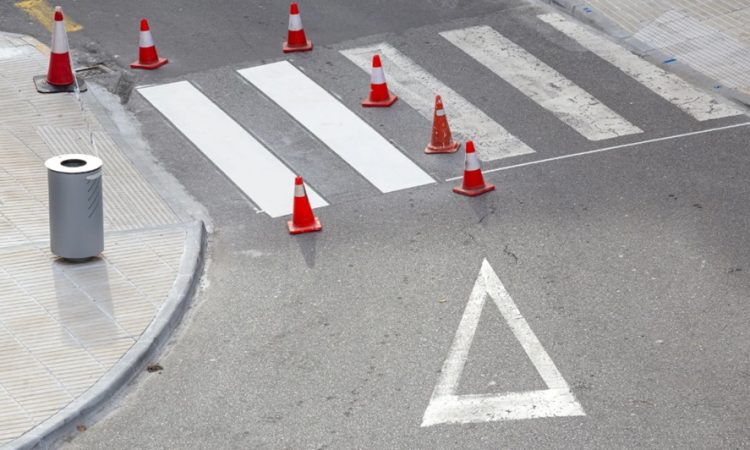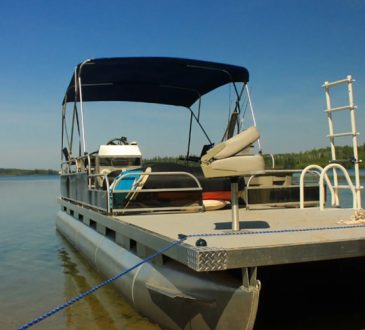
Applying traffic paint might seem straightforward, but small mistakes during application can lead to major safety issues, compliance violations, or premature wear and tear. To ensure long-lasting visibility and performance, it’s essential to understand what not to do when applying this specialized paint.
One critical early step is selecting the correct traffic paint for the surface and environment. Using the wrong type can compromise reflectivity, drying time, and durability. Equally important is how the paint is applied, from surface preparation to environmental considerations like temperature and humidity.
Why Surface Preparation Matters
Before applying any paint, the surface must be thoroughly cleaned and dried. Applying traffic paint over dirt, oil, or moisture can prevent proper adhesion, causing the paint to peel or fade prematurely. This not only reduces visibility but also increases the frequency of reapplication, adding to costs.
Furthermore, contractors often underestimate the impact of surface temperature. If the pavement is too cold or too hot, it can affect how well the paint bonds. Professional application services monitor these variables carefully, ensuring optimal conditions before starting the job.
Overlooking Application Equipment and Methods
Another mistake is using outdated or poorly maintained equipment. Uneven spray patterns or clogged nozzles can lead to inconsistent line thickness and gaps, reducing clarity for motorists. It’s vital to use precision equipment and calibrated machines to maintain uniformity.
Similarly, applying paint at incorrect speeds or using improper pressure can affect the final outcome. Professional operators are trained to maintain a steady pace and pressure, ensuring sharp, clearly defined markings.
Timing and Curing Issues
One of the most overlooked elements in traffic paint application is curing time. Even quick-dry formulas need a set period to bond fully with the surface. Rushing the job and allowing traffic on the paint too soon can smear or lift the paint, leading to early deterioration.
Mistiming the application relative to weather conditions is another frequent error. Rain, high humidity, or even dew can affect drying, especially overnight. This is where understanding how road marking visibility at night is influenced becomes critical. Using materials with high retroreflectivity can greatly enhance visibility, particularly in low-light or adverse weather conditions. Studies have shown that visibility at night is heavily dependent on how paint and glass beads interact under light reflection, making proper application even more crucial.
Ignoring Long-Term Performance Factors
Paint type and thickness are directly tied to how well markings perform over time. Choosing cheaper, low-durability paints might save money upfront but results in more frequent maintenance cycles. Professional services consider traffic volume, weather exposure, and road usage patterns before selecting the appropriate paint type.
A crucial yet often ignored factor is the influence of visibility-enhancing additives like glass beads. These are embedded during the painting process and play a pivotal role in making lines reflective. Without proper bead application, even the best paint can fall short under headlights.
Conclusion
Avoiding these common mistakes when applying traffic paint requires more than basic knowledge; it demands experience, precision, and attention to environmental variables. From ensuring clean surfaces to understanding curing dynamics and visibility requirements, every detail counts. By relying on skilled professionals and understanding how road marking visibility at night works, businesses and municipalities can ensure that road markings remain safe, compliant, and durable long after the paint dries.




